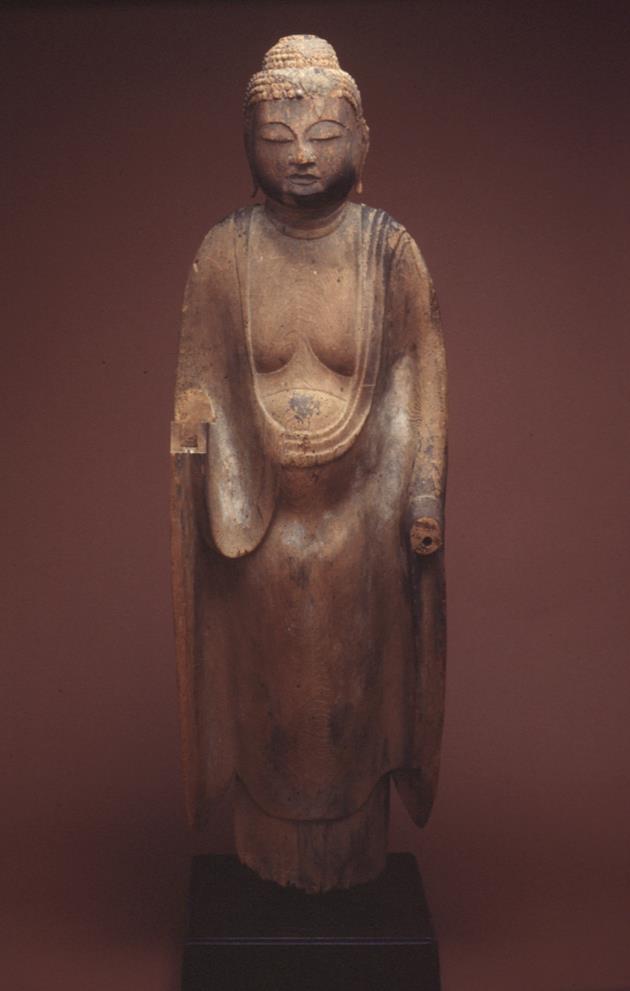Resources
Exhibition HistorySeattle, Washington, Seattle Art Museum, "Fall and Winter in Japan", October 22, 2002 - February 23, 2003
Seattle, Washington, Seattle Art Museum, "Spring and Summer in Japan",
February 28, 2002 - October 13, 2002
Seattle, Washington, Seattle Asian Art Museum, Discovering Buddhist Art - Seeking the Sublime", July 9, 2003 - June 3, 2005
Seattle, Washington, Seattle Art Museum, "Japanese Art in the Seattle Art Museum", 1960 (1960)
Seattle, Washington, Seattle Art Museum, "A Thousand Cranes: Treasures of Japanese Art", February 5 - July 12, 1987 (2/05/1987 - 7/12/1987)
Vancouver, British Columbia, Vancouver Art Gallery, "Distant Reverence: Buddhist Sculpture from the Seattle Art Museum", August 16 - October 22, 1989 (08/16/1989 - 10/22/1989)
Seattle, Washington, Seattle Asian Art Museum, Boundless: Stories of Asian Art, Feb. 8, 2020 - ongoing.
Published ReferencesFuller, Richard E. "Japanese Art in the Seattle Art Museum: An Historical Sketch." Seattle, WA: Seattle Art Museum, 1960 ("Presented in commemoration of the Hundredth Anniversary of Diplomatic Relations between Japan and the United States of America"), no. 36.
Foong, Ping, Xiaojin Wu, and Darielle Mason. "An Asian Art Museum Transformed." Orientations vol. 51, no. 3 (May/June 2020): p. 58, reproduced fig. 18 (installation view).


